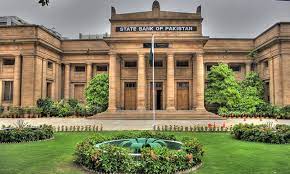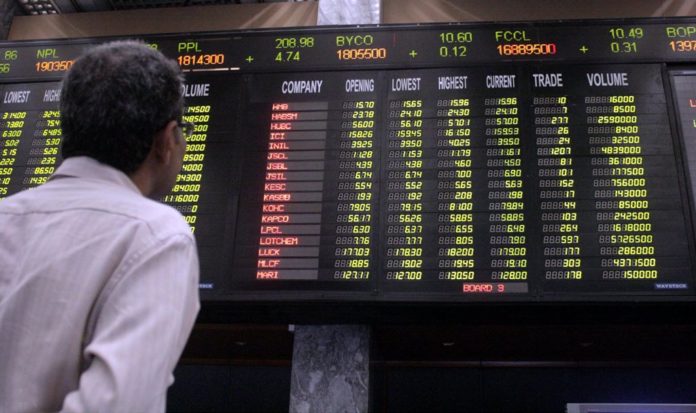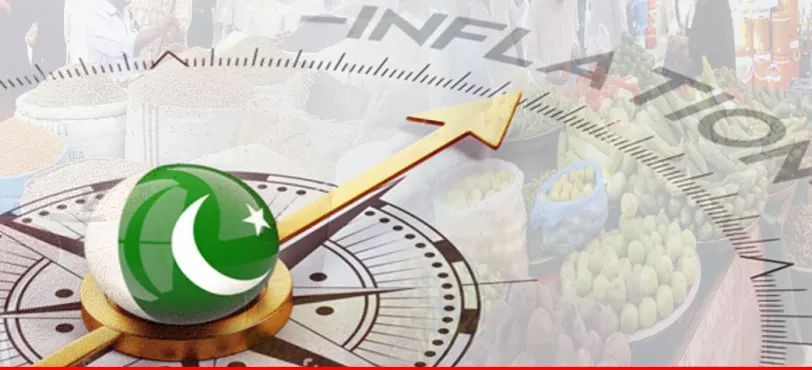PTBP Web Desk
The State Bank of Pakistan (SBP) is anticipated to implement a significant cut in its key policy rate, potentially reducing it by at least 200 basis points (bps), as inflation continues to ease and economic indicators show improvement. This projection emerges from a recent survey conducted by a brokerage house, which revealed that the majority of participants expect a substantial decrease in the interest rate.
Survey Findings Indicate Strong Expectation of Rate Cut
According to the survey shared by Topline Securities on Tuesday, 71% of respondents foresee a minimum rate cut of 200bps in the upcoming Monetary Policy Committee (MPC) meeting scheduled for December 16, 2024. Breaking down the expectations:
- 63% anticipate a 200bps cut.
- 30% expect a more aggressive cut of 250bps.
- 7% believe the cut could exceed 250bps.
The remaining 29% predict a smaller reduction, estimating the cut to be between 50-150bps.
Previous Rate Cuts and Historical Context
The SBP has already made notable adjustments to the policy rate this year. In its previous MPC meeting, the central bank delivered a historic 250bps cut, slashing the rate from 17.5% to 15%. This marked the fourth consecutive rate reduction since June 2024, reflecting a cumulative easing of 700bps during this period. The aggressive monetary easing cycle aims to stimulate economic growth amidst improving inflationary trends.
Economic Indicators Supporting a Rate Cut
Topline Securities highlighted that high real interest rates are a key factor driving expectations for further easing. As of November 2024, real rates stood at 1010bps, significantly above Pakistan’s historical average of 200-300bps. Despite consecutive rate cuts, the elevated real rates provide the central bank with room to further ease monetary policy without compromising economic stability.
A critical factor bolstering the case for a rate cut is the significant decline in inflation. November’s inflation rate dropped to a 78-month low of 4.9%, driven by several factors:
- Food disinflation: Prices of essential food items have seen a consistent decline.
- Electricity price adjustments: Negative adjustments in Fuel Cost Adjustments (FCA) have further eased inflationary pressures.
Projected Policy Rate Adjustments
Topline Securities has also joined the chorus of expectations, predicting a 200bps reduction in the policy rate. Should this materialize, it will represent the fifth consecutive cut of this easing cycle, bringing the total reduction to 900bps. Despite this, real interest rates are projected to remain elevated at 810bps, which is still higher than the historical average.
For the fiscal year 2024-2025 (FY25), average inflation is estimated to remain between 7-8%, while for FY26, it is forecasted to range from 8.5-9.5%. Based on these projections, real rates after the anticipated 200bps cut (bringing the policy rate to 13%) would settle between 400-550bps, still offering a substantial cushion above historical norms.
Impact on Financial Markets
The financial markets have responded positively to the prospect of further monetary easing. The KSE-100 Index, a benchmark of the country’s stock market, has been on an upward trajectory, particularly after political protests in Islamabad came to an end. On Tuesday, the index crossed the 104,000 mark for the first time, closing with a gain of 1.26%. Market analysts attribute this surge to expectations of a significant cut in the key policy rate, which could enhance liquidity and investor confidence.




